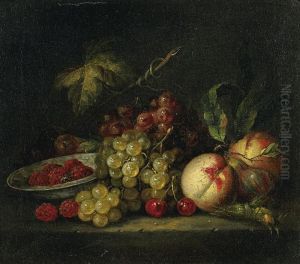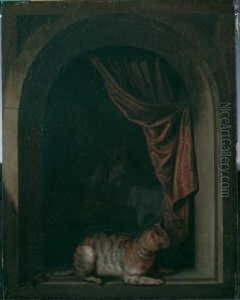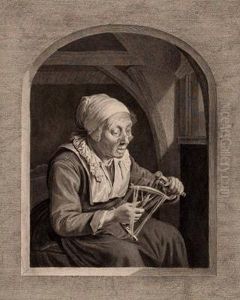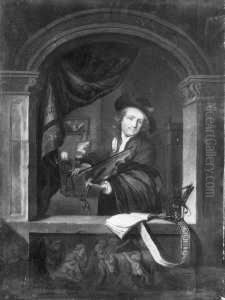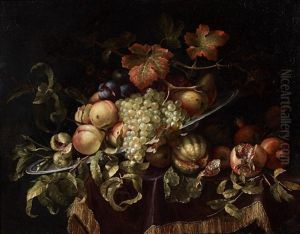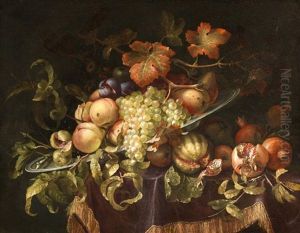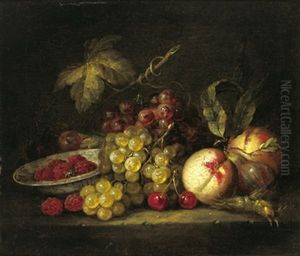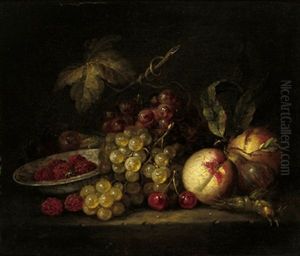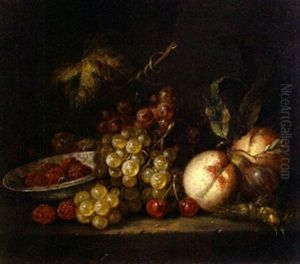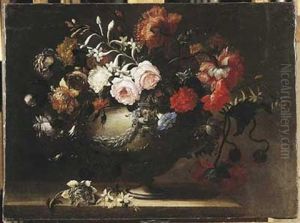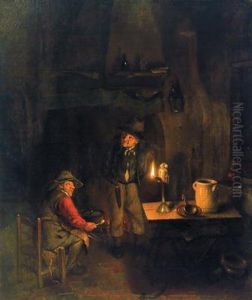Gerard Goswin Paintings
Gerard Goswin was a Flemish Baroque painter known primarily for his religious compositions and portraits. Born in 1610 in the city of Antwerp, which was then part of the Spanish Netherlands, Goswin grew up in an environment that was highly conducive to artistic development. Antwerp was a bustling hub for the arts during the 17th century, and it was home to the influential Guild of Saint Luke, an association of painters, sculptors, and other visual artists.
Goswin's early life and training are not well-documented, but it is likely that he was apprenticed to a local master as was customary at the time. He would have been exposed to the works of Peter Paul Rubens, Anthony van Dyck, and other prominent Flemish artists of the period, whose influence can be seen in his use of dynamic composition and rich coloration.
During his career, Gerard Goswin became known for his ability to blend the dramatic Baroque style with a certain emotional intimacy, particularly in his religious works. He often depicted scenes from the life of Christ and the saints, infusing them with a sense of realism and humanity that resonated with his patrons. Goswin's portraits also reflect the Baroque interest in realism and the psychological depth of the subjects.
Despite his skills and contributions to Flemish art, Goswin did not achieve the same level of fame as some of his contemporaries. Records of his works are relatively scarce, and many pieces attributed to him have been lost or are held in private collections, making comprehensive study difficult. Goswin continued to paint throughout his life, remaining active in Antwerp's art scene until his death in 1691.
Goswin's legacy is that of a skilled yet somewhat overshadowed artist of the Flemish Baroque. While he may not have gained the renown of Rubens or Van Dyck, his works nonetheless represent the vibrancy and diversity of 17th-century Flemish painting. Art historians continue to study his surviving paintings, often seeking to reassess his place within the broader context of European art history.
